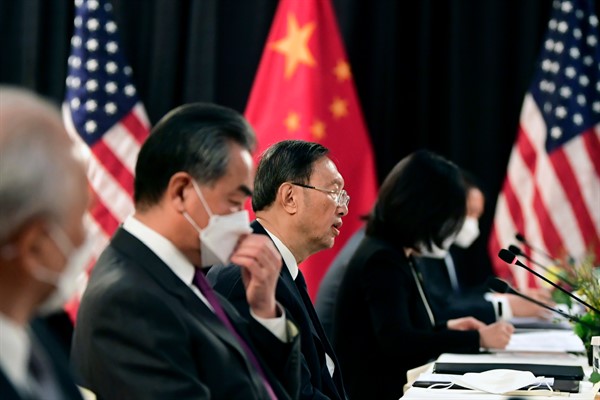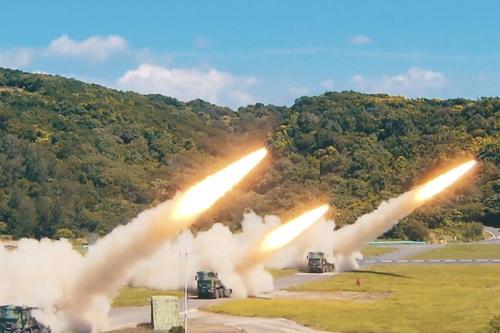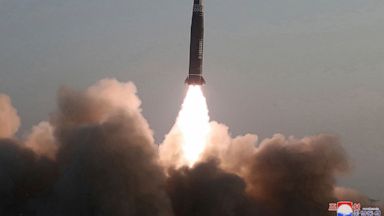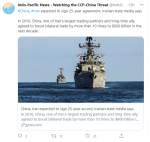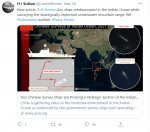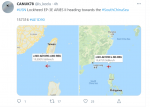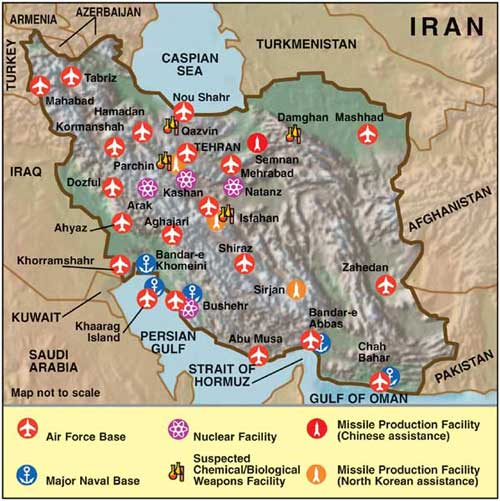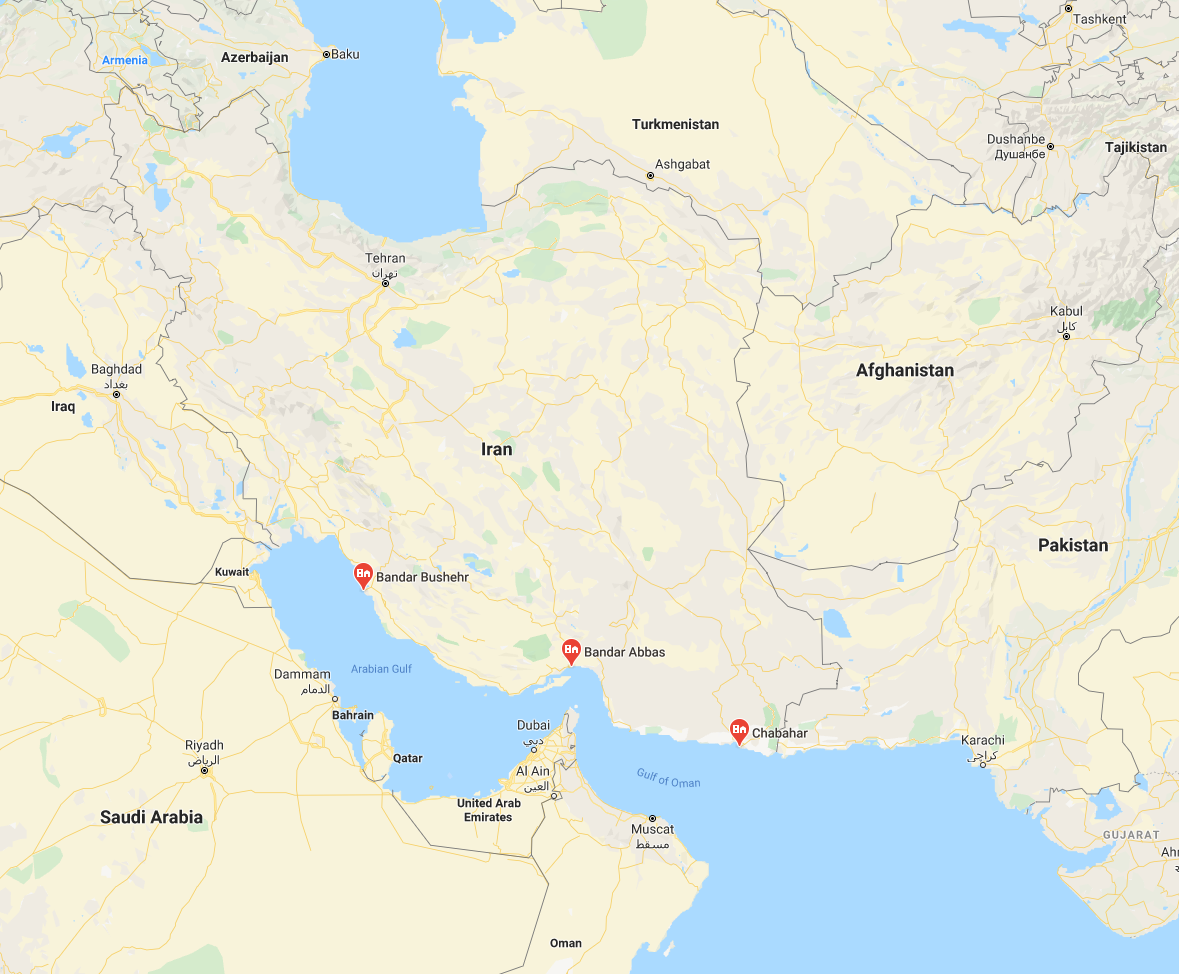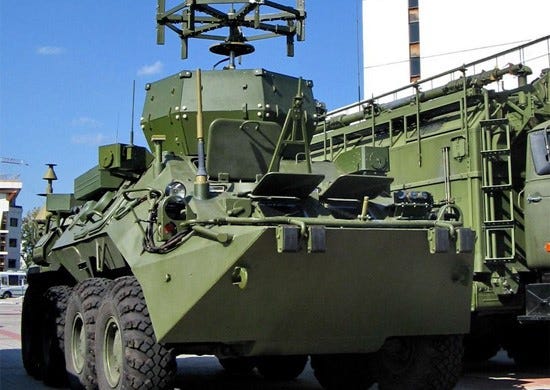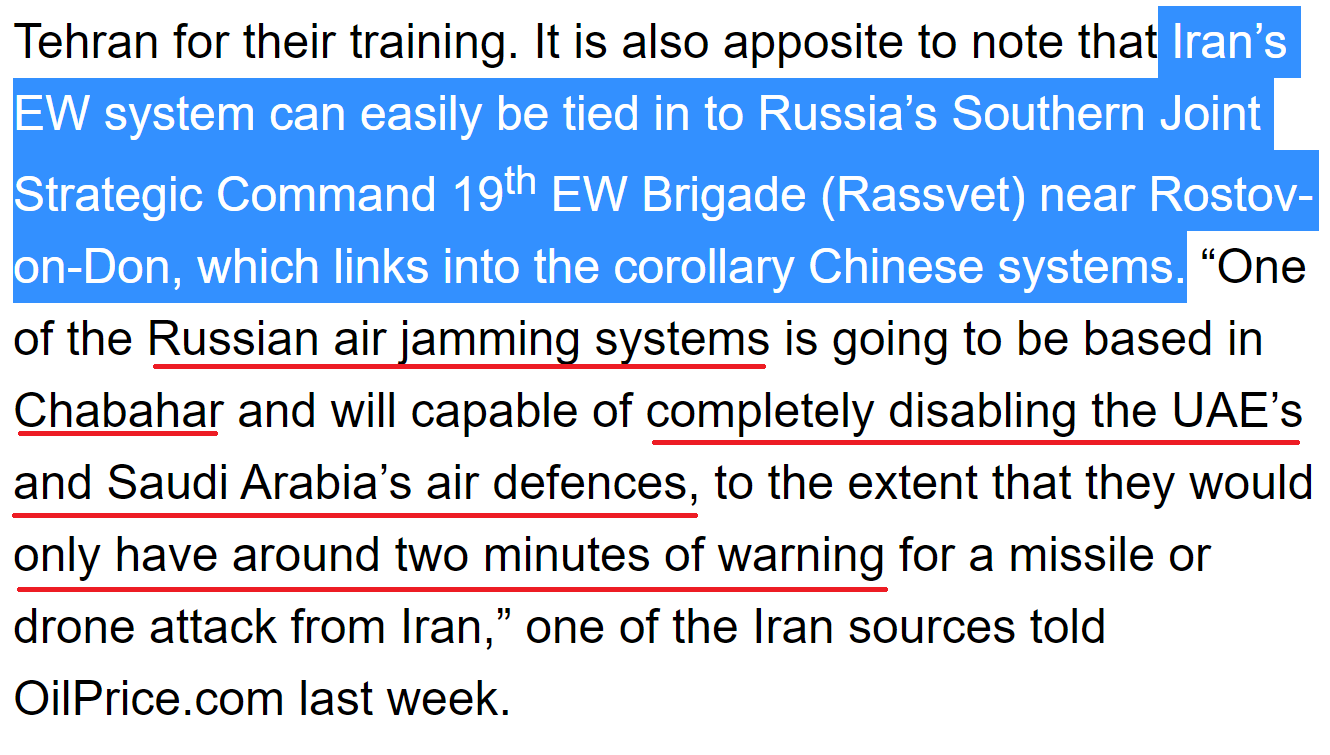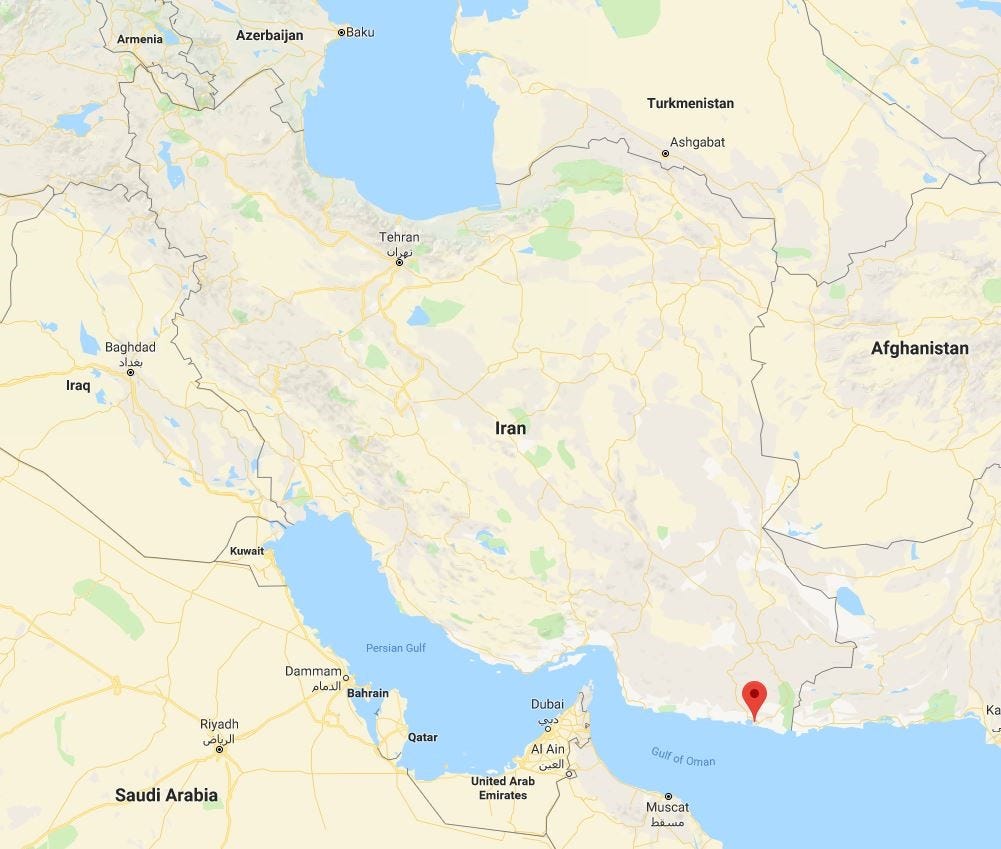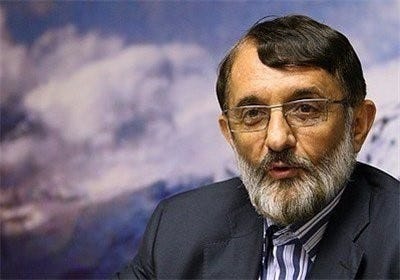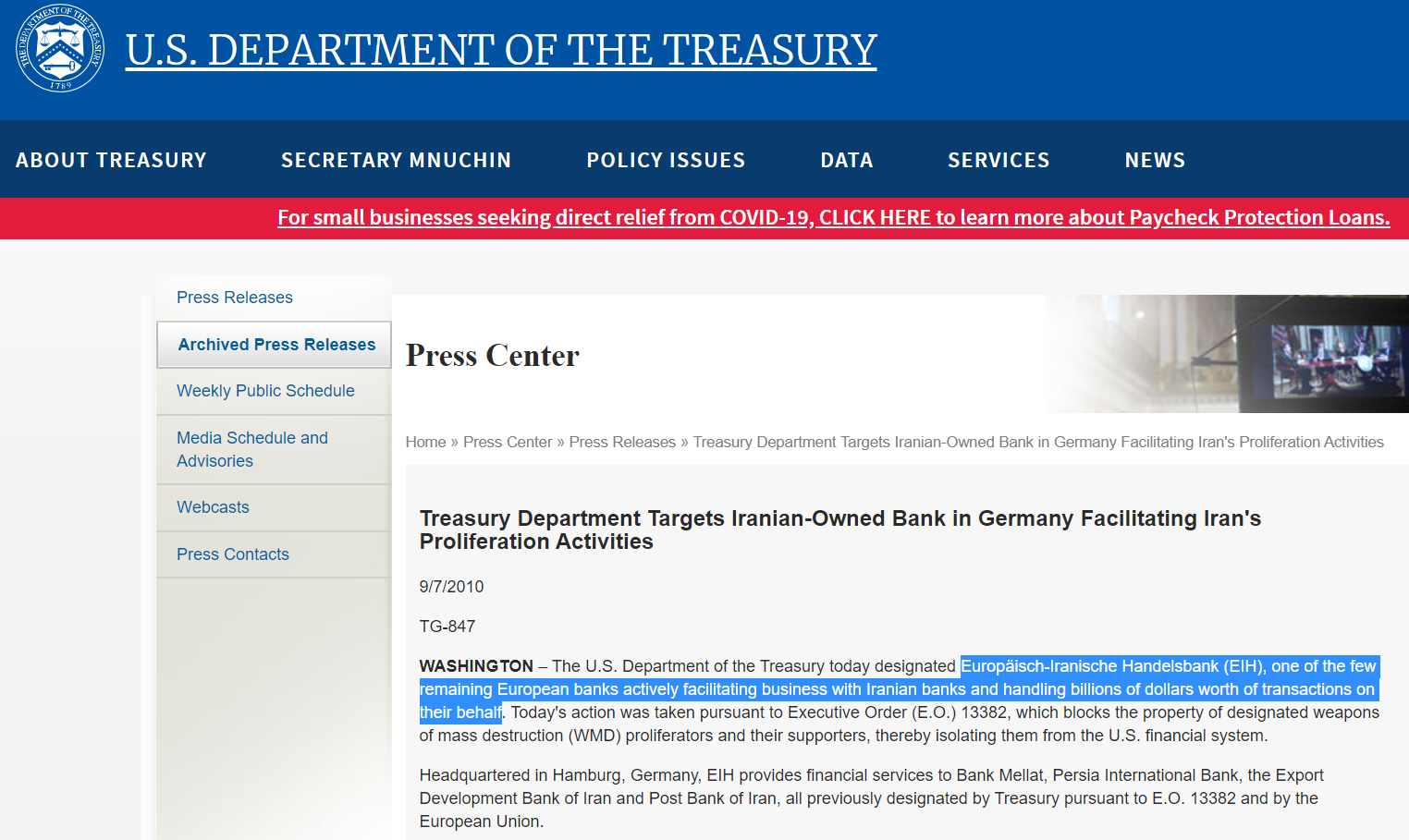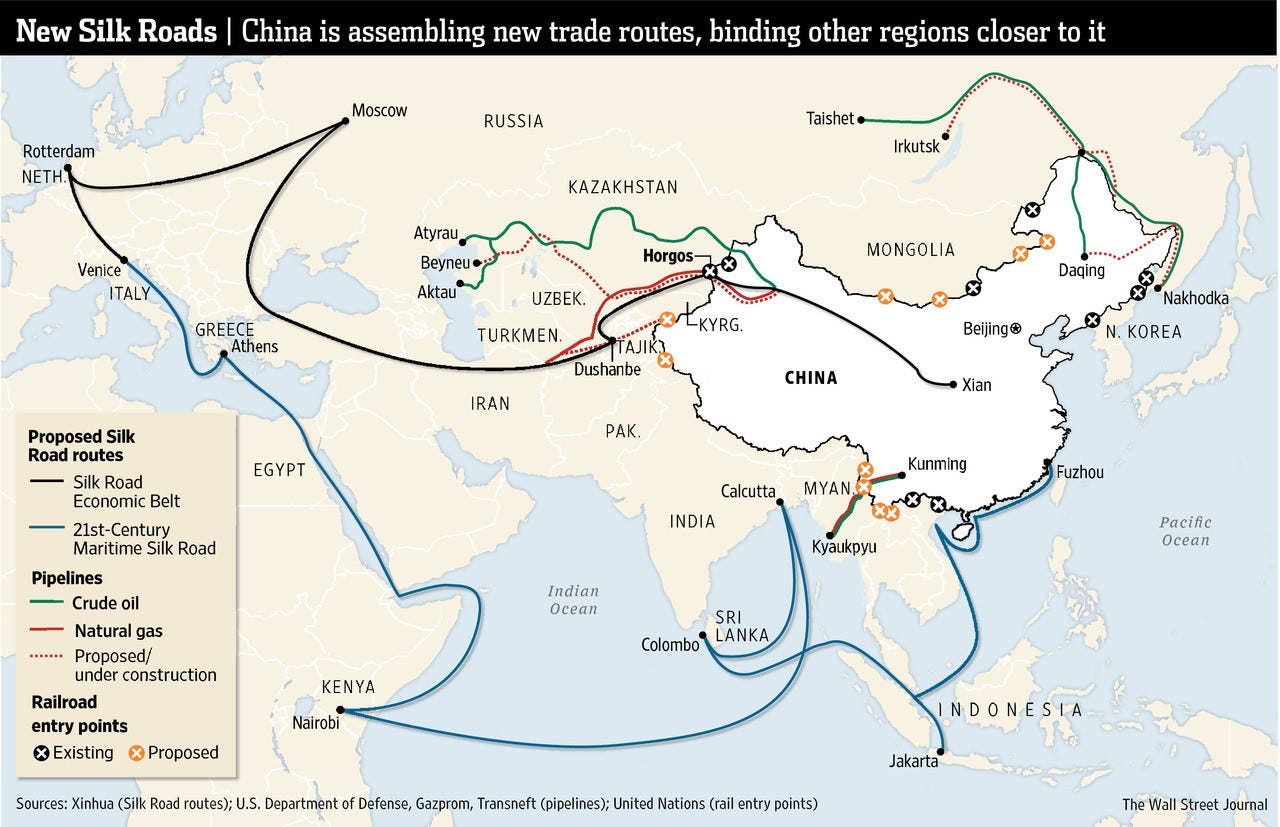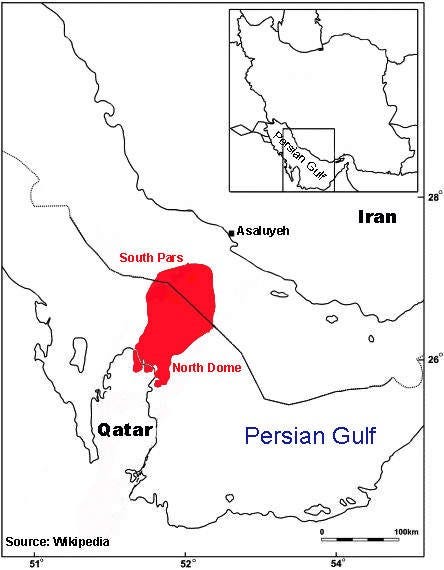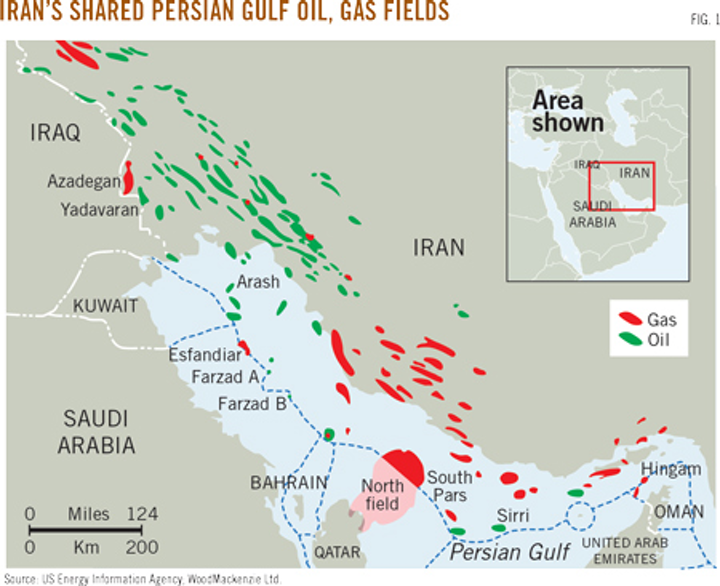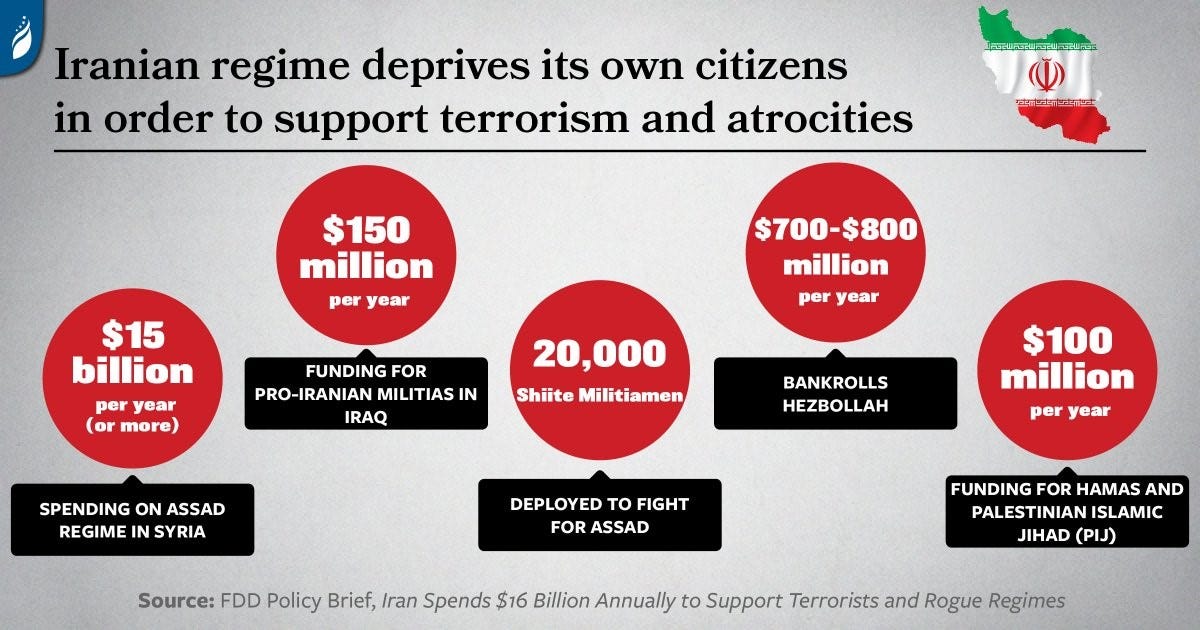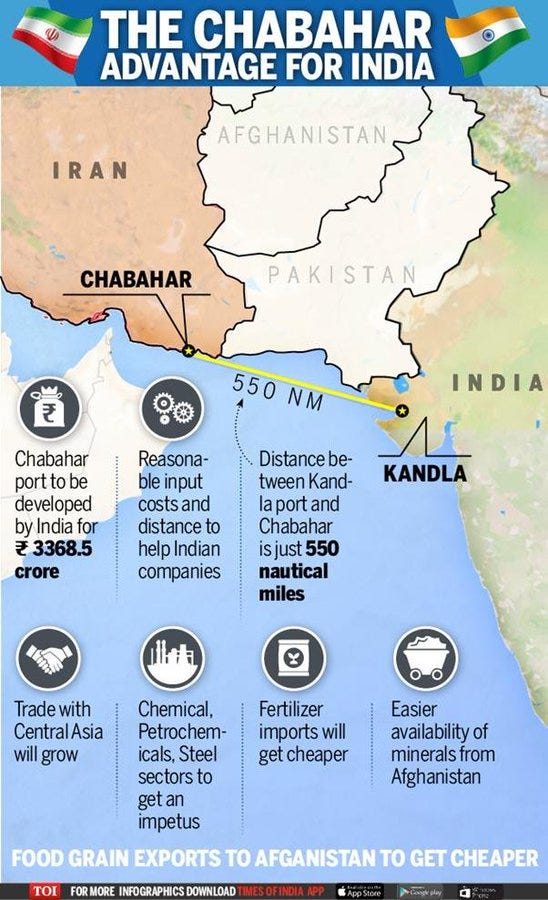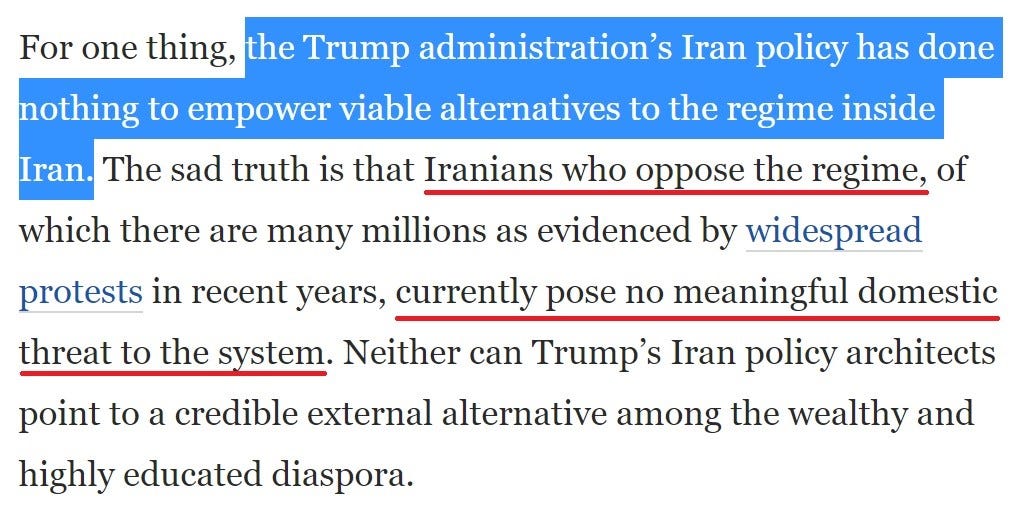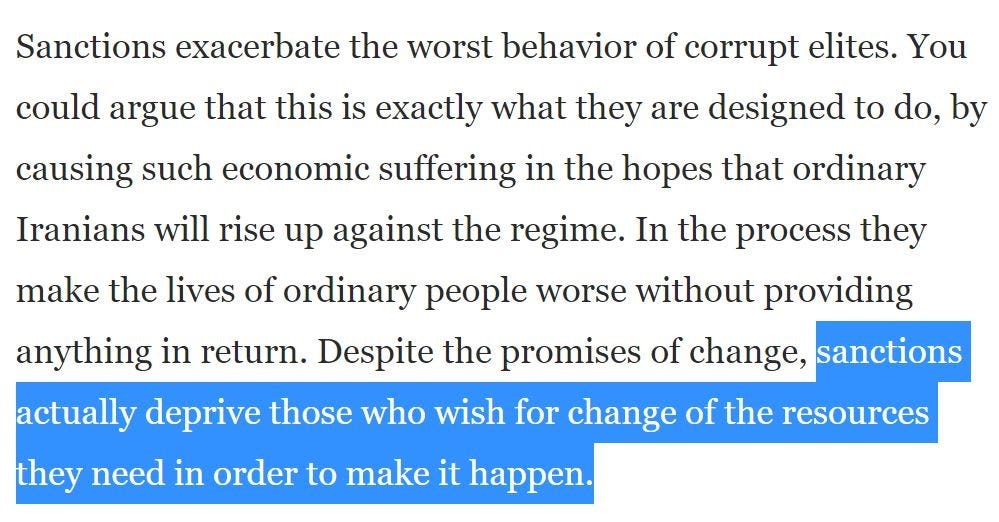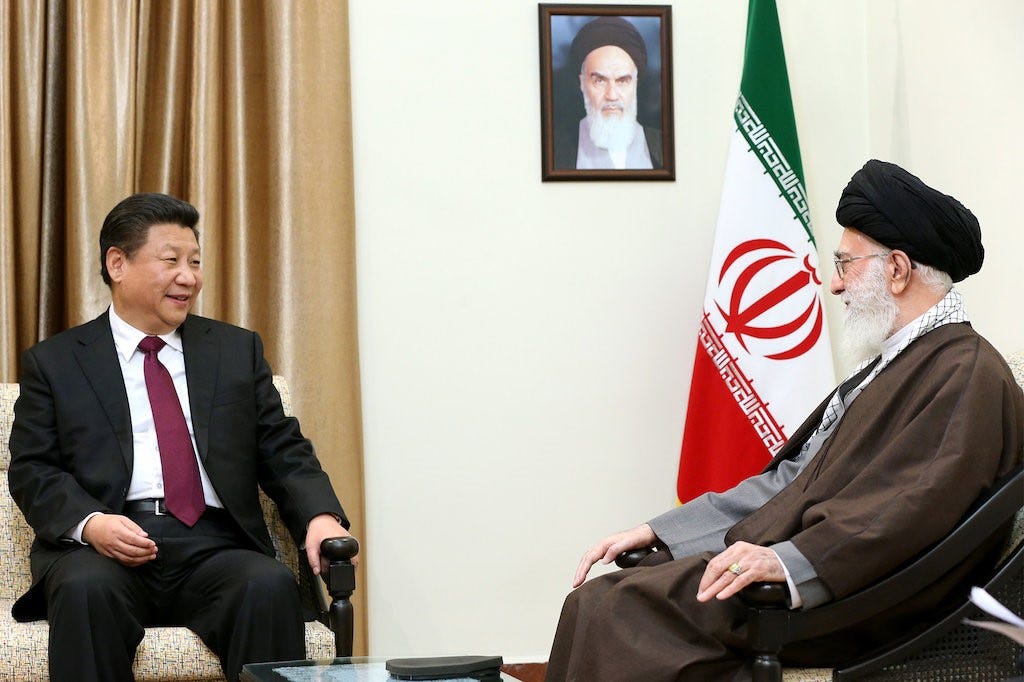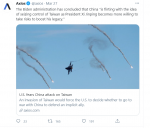Part 2
On Hong Kong, he said: “I don’t want to get involved,” and, “We have human-rights problems too.” When President Xi Jinping informed him about the labor camps for the Muslim Uighurs of Xinjiang in western China, Trump essentially told him
“No problemo.” On the 30th anniversary of the 1989 Tiananmen Square massacre, Trump asked: “Who cares about it? I’m trying to make a deal.”
The Biden administration, by contrast, means what it says on such issues. In every statement since taking over as secretary of state, Antony Blinken has referred to China not only as a strategic rival but also as violator of human rights. In
January, he called China’s treatment of the Uighurs “an effort to commit genocide” and pledged to continue Pompeo’s policy of increasing U.S. engagement with Taiwan. In
February, he gave Yang an earful on Hong Kong, Xinjiang, Tibet and even Myanmar, where China backs the recent military coup. Earlier this month, the administration imposed
sanctions on Chinese officials it holds responsible for sweeping away Hong Kong’s autonomy.
In his last Foreign Affairs magazine article before joining the administration as its Asia “tsar,”
Kurt Campbell argued for “a conscious effort to deter Chinese adventurism … This means investing in long-range conventional cruise and ballistic missiles, unmanned carrier-based strike aircraft and underwater vehicles, guided-missile submarines, and high-speed strike weapons.” He added that Washington needs to work with other states to disperse U.S. forces across Southeast Asia and the Indian Ocean and “to reshore sensitive industries and pursue a ‘managed decoupling’ from China.”
In many respects, the continuity with the Trump China strategy is startling. The trade war has not been ended, nor the tech war. Aside from actually meaning the human rights stuff, the only other big difference between Biden and Trump is the former’s far stronger emphasis on the importance of allies in this process of deterring China — in particular, the so-called Quad the U.S. has formed with Australia, India and Japan. As Blinken said in a
keynote speech on March 3, for the U.S. “to engage China from a position of strength … requires working with allies and partners … because our combined weight is much harder for China to ignore.”
This argument took concrete form last week, when Campbell told the
Sydney Morning Herald that the U.S. was “not going to leave Australia alone on the field” if Beijing continued its current
economic squeeze on Canberra (retaliation for the Australian government’s call for an independent inquiry into the origins of the pandemic). National Security Adviser Jake Sullivan has been singing from much the same hymn-sheet. Biden himself hosted a virtual summit for the Quad’s heads of state on March 12.
The Chinese approach remains that of the hedgehog. Several years ago, I was told by one of Xi’s economic advisers that bringing Taiwan back under the mainland’s control was his president’s most cherished objective — and the reason he had secured an end to the informal rule that had confined previous Chinese presidents to two terms. It is for this reason, above all others, that Xi has presided over a huge expansion of China’s land, sea and air forces, including the land-based DF‑21D missiles that could sink American aircraft carriers.
While America’s multitasking foxes have been adding to their laundry list of grievances, the Chinese hedgehog has steadily been building its capacity to take over Taiwan. In the words of
Tanner Greer, a journalist who writes knowledgably on Taiwanese security, the People’s Liberation Army “has parity on just about every system the Taiwanese can field (or buy from us in the future), and for some systems they simply outclass the Taiwanese altogether.” More importantly, China has created what’s known as an “Anti Access/Area Denial bubble” to keep U.S. forces away from Taiwan.
As
Lonnie Henley of George Washington University pointed out in
congressional testimony last month, “if we can disable [China’s integrated air defense system], we can win militarily. If not, we probably cannot.”
As a student of history, to quote Kissinger, I see a very dangerous situation. The U.S. commitment to Taiwan has grown verbally stronger even as it has become militarily weaker. When a commitment is said to be “rock-solid” but in reality has the consistency of fine sand, there is a danger that both sides miscalculate.
I am not alone in worrying. Admiral Phil Davidson, the head of U.S. forces in the Indo-Pacific, warned in his February testimony before Congress that China could
invade Taiwan by 2027. Earlier this month, my Bloomberg Opinion colleague
Max Hastings noted that “Taiwan evokes the sort of sentiment among [the Chinese] people that Cuba did among Americans 60 years ago.”
Admiral James Stavridis, also a Bloomberg Opinion columnist, has just published “2034: A Novel of the Next World War,” in which a surprise Chinese naval encirclement of Taiwan is one of the opening ploys of World War III. (The U.S. sustains such heavy naval losses that it is driven to nuke Zhanjiang, which leads in turn to the obliteration of San Diego and Galveston.) Perhaps the most questionable part of this scenario is its date, 13 years hence. My Hoover Institution colleague Misha Auslin has imagined a U.S.-China naval war as soon as
2025.
In an important new
study of the Taiwan question for the Council on Foreign Relations, Robert Blackwill and Philip Zelikow — veteran students and practitioners of U.S. foreign policy — lay out the four options they see for U.S. policy, of which their preferred is the last:
The United States should … rehearse — at least with Japan and Taiwan — a parallel plan to challenge any Chinese denial of international access to Taiwan and prepare, including with pre-positioned U.S. supplies, including war reserve stocks, shipments of vitally needed supplies to help Taiwan defend itself. … The United States and its allies would credibly and visibly plan to react to the attack on their forces by breaking all financial relations with China, freezing or seizing Chinese assets.
Blackwill and Zelikow are right that the status quo is unsustainable. But there are three core problems with all arguments to make deterrence more persuasive. The first is that any steps to strengthen Taiwan’s defenses will inevitably elicit an angry response from China, increasing the likelihood that the Cold War turns hot — especially if Japan is explicitly involved. The second problem is that such steps create a closing window of opportunity for China to act before the U.S. upgrade of deterrence is complete. The third is the reluctance of the Taiwanese themselves to treat their national security with the same seriousness that Israelis take the survival of their state.
Thursday’s meeting in Alaska between Blinken, Sullivan, Yang and Chinese Foreign Minister Wang Yi — following hard on the heels of Blinken’s visits to Japan and South Korea — was never likely to restart the process of Sino-American strategic dialogue that characterized the era of “Chimerica” under George W. Bush and Barack Obama. The days of “win-win” diplomacy are long gone.
During the
opening exchanges before the media, Yang illustrated that hedgehogs not only have one big idea – they are also very prickly. The U.S. was being “condescending,” he declared, in remarks that overshot the prescribed two minutes by a
factor of eight; it would do better to address its own “deep-seated” human rights problems, such as racism (a “long history of killing blacks”), rather than to lecture China.
The question that remains is how quickly the Biden administration could find itself confronted with a Taiwan Crisis, whether a light “quarantine,” a full-scale blockade or a surprise amphibious invasion? If Hastings is right, this would be the Cuban Missile Crisis of Cold War II, but with the roles reversed, as the contested island is even further from the U.S. than Cuba is from Russia. If Stavridis is right, Taiwan would be more like Belgium in 1914 or Poland in 1939.
But I have another analogy in mind. Perhaps Taiwan will turn out to be to the American empire what Suez was to the British Empire in 1956: the moment when the imperial lion is exposed as a paper tiger. When the Egyptian president Gamal Abdel Nasser nationalized the Suez Canal, Prime Minister Anthony Eden joined forces with France and Israel to try to take it back by force. American opposition precipitated a run on the pound and British humiliation.
I, for one, struggle to see the Biden administration responding to a Chinese attack on Taiwan with the combination of military force and financial sanctions envisaged by Blackwill and Zelikow. Sullivan has written eloquently of the need for a foreign policy that
Middle America can get behind. Getting torched for Taipei does not seem to fit that bill.
As for Biden himself, would he really be willing to jeopardize the post-pandemic boom his economic policies are fueling for the sake of an island Kissinger was once prepared quietly to trade in pursuit of Cold War detente? Who would be hurt more by the financial crisis Blackwill and Zelikow imagine in the event of war for Taiwan – China, or the U.S. itself? One of the two superpowers has a
current account deficit of 3.5% of GDP (Q2 2020) and a
net international investment position of nearly minus-$14 trillion, and it’s not China. The surname of the secretary of state would certainly be an irresistible temptation to headline writers if the U.S. blinked in what would be the
fourth and biggest Taiwan Crisis since 1954.
Yet think what that would mean. Losing in Vietnam five decades ago turned out not to matter much, other than to the unfortunate inhabitants of South Vietnam. There was barely any domino effect in Asia as a whole, aside from the human catastrophe of Cambodia. Yet losing — or not even fighting for — Taiwan would be seen all over Asia as the end of American predominance in the region we now call the “Indo-Pacific.” It would confirm the long-standing hypothesis of China’s return to primacy in Asia after two centuries of eclipse and “humiliation.” It would mean a breach of the “first island chain” that Chinese strategists believe encircles them, as well as handing Beijing control of the microchip Mecca that is TSMC (remember, semiconductors, not data, are the new oil). It would surely cause a run on the dollar and U.S. Treasuries. It would be the American Suez.
The fox has had a good run. But the danger of foxy foreign policy is that you care about so many issues you risk losing focus. The hedgehog, by contrast, knows one big thing. That big thing may be that he who rules Taiwan rules the world.
This column does not necessarily reflect the opinion of the editorial board or Bloomberg LP and its owners.
To contact the author of this story:
Niall Ferguson at
nferguson23@bloomberg.net
To contact the editor responsible for this story:
Tobin Harshaw at
tharshaw@bloomberg.net
Niall Ferguson: A Taiwan Crisis May End the American Empire - Bloomberg






